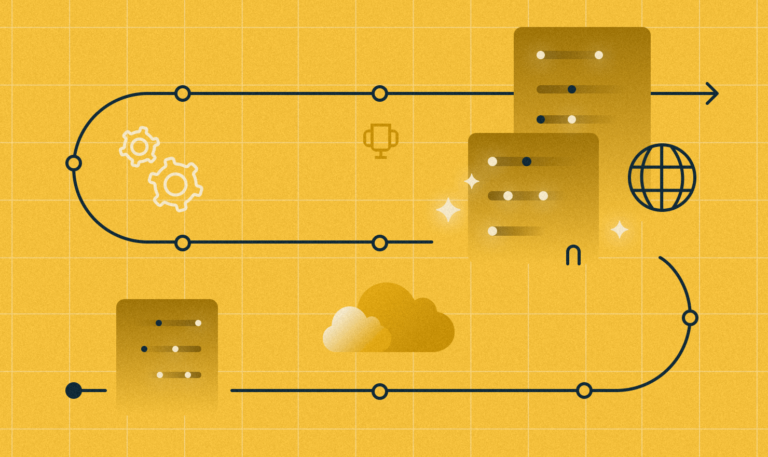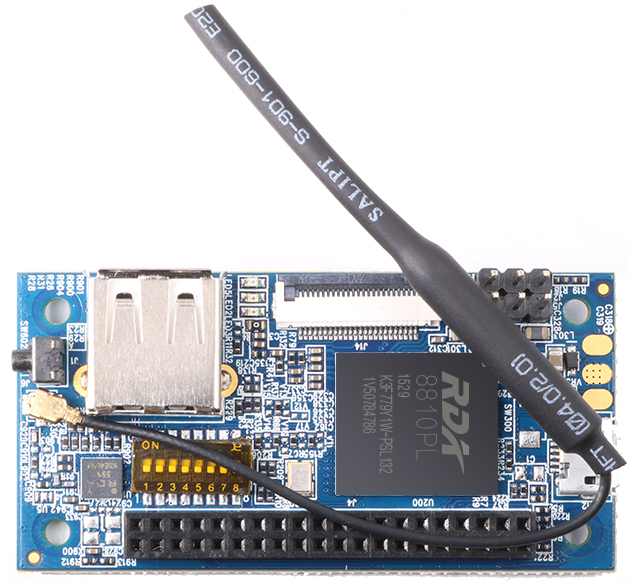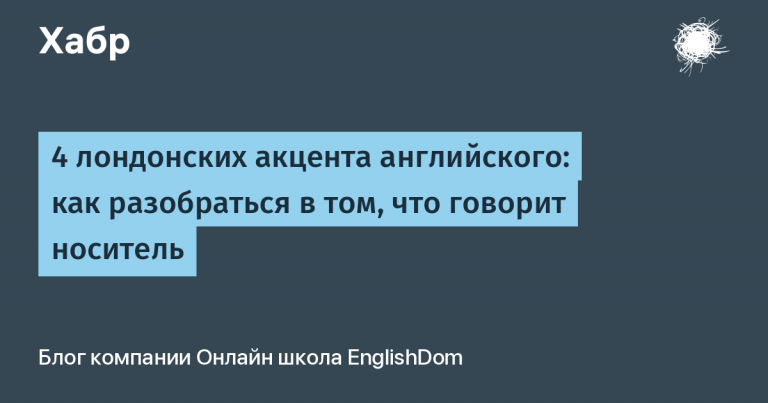What is BitTorrent v2 and what happened to it?
You’ve probably heard about the new BitTorrent v2 protocol, which has been under development since 2008, and made some noise with the release of the second version of the popular Libtorrent torrent library, which is used by torrent clients you know like QBittorrent, Deluge and many others.

First full paper for standardization BEP0052 (some RFC in the BitTorrent world) came out in 2017, and after three years it was finally mastered in some of the projects, why is it taking so long, you ask?
The fact is that the BitTorrent protocol is supported by society, and you guessed it, it is open source, and like many open projects, there are more good features than people who could implement them.
The release of BitTorrent v2 largely led to the fact that each distribution you downloaded had a unique info hash, and only those who communicated using this hash could support this distribution. The location of the file, name and content could radically affect the value of this hash. That is, renaming or moving the file from one folder to another completely changed the distribution hash and lost support from the previous seeds who downloaded the distribution.
BitTorrent v2, on the other hand, includes each Merkle root hash of the distribution file in the .torrent files, which can be announced to the DHT decentralized network. Thus, if, say, the distribution has been updated (added a series of your favorite series), you can find previous peers and take most of the previous files from them, adding to your download speed, the distribution life increases several times, the problem of duplicate files is solved, find and download the desired the file becomes much easier for you, even if the distribution is ancient, the load on end users decreases and network connectivity increases, this feature is called Cross Swarm Seeding.
The new protocol has also moved from collision-vulnerable sha1 to sha256.
But unfortunately, there is still a delay in the implementation of these functions in clients, the reluctance to administrations trackers include support for it, say by displaying file hashes on giveaway pages. So it would be possible to search for the necessary files among different distributions of the web / built-in search, it is easy to extract the same root hashes from torrent and regular files, you can use programs such as tmrr.
For the coexistence of the two standards, hybrid files were created that include the old v1 and the new v2 format. Unfortunately, versions of Transmission below the fourth have a bug with the processing of such links and work incorrectly, but for the sake of it, this is already a problem for end users who do not want to update.
Also, some are confused by the fact that the .pad folder exists in the hybrid distribution, in new torrent clients it is not shown and does not take up space, it was a necessary step for the coexistence of formats, but this is already a problem for tracker administrations, this folder is easily identified and needs to be hidden.

In connection with these problems, the entry and recognition by users of the protocol is hindered. Some releasers, not knowing what a hybrid is, and referring to the problem with the Transmission and .pad folder forever slaughter the hybrid format as a crutch, and the opportunity to download the same distribution through Cross Swarm Seeding in the future is lost, after the implementation of all the declared protocol features.
As it was said, until there are developers for libtorrent, whose developer himself does not have time and is currently busy writing a more efficient disk cache algorithm, BitTorrent v2 will wander for several years among the foggy garden of under-implemented protocols, hand in hand with IPv6.





